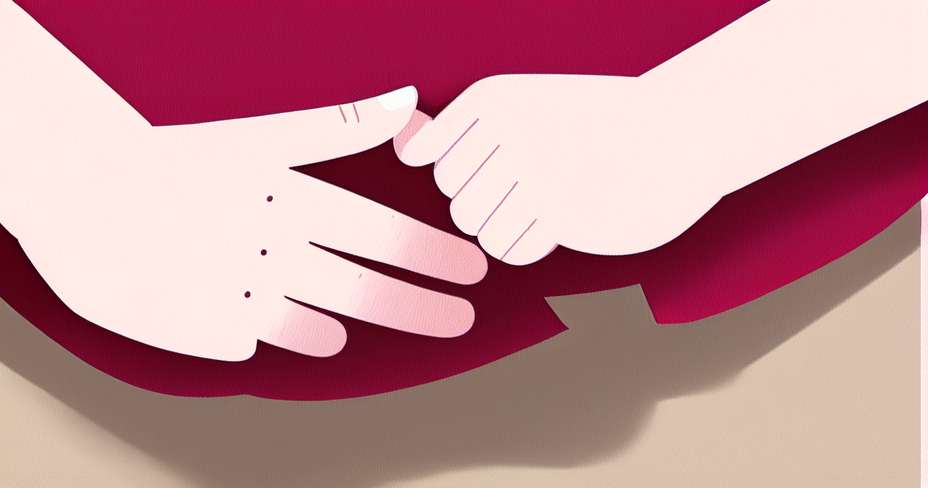Calendula
April 2024

Most insects, reptiles and fish have hundreds of children, with the hope that some survive . Birds and mammals, on the other hand, usually have few children , but they are cared for so that the majority survive. The mammals , by definition, they need to suckle, and therefore no newborn can survive without their mother, but, depending on the species, they also need their mother to many other things .
In some species, the newborn is capable of walk in a few minutes and follow his mother (who does not remember that lovely scene in Bambi?). That happens mostly in large herbivores, such as sheep, cows or deer. These animals live in groups that quickly devour the grass of an area, and have to move each day to a new meadow; so it is necessary that the breeding can follow his mother in these displacements.
Small herbivores, such as rabbits, can hide their young in a burrow, go out to eat and return several times a day to breastfeed . Their young do not walk at birth, but are helpless during the first days. The same goes for most of the carnivores , like cats, dogs or lions. The mother goes out to hunt leaving her helpless offspring hidden. The offspring are not born knowing, but they learn, and this is important, because it allows them a greater flexibility .
An innate behavior is always to learn, a learned behavior can adapt better to the conditions of the environment, and be perfected with practice. The first time a deer sees a wolf, it must run. If he does not do it well, he will die, and therefore he will not be able to learn to do it better. That's why it's logical that deer know how to run when they are born. The wolves can learn: the first time the deer escapes them, but with the practice they manage to catch it. The games of his childhood constitute a learning for your adult life .
It seems that we descended from animals that walked, like primates (monkeys). But, living in the trees, they had to make changes. Bambi slips several times before standing up; and that does not matter on the ground. But, raised on a branch, a slip can be fatal . So the monkeys go all day hanging from their mother, until they are able to go alone perfectly, without the slightest mistake.
But it is the monkey that hangs, actively, from his mother, clinging to his hair with hands and feet, and the nipple with his mouth (five anchor points). The mother can run from branch to branch, without worrying about holding the child. Would you dare to go from branch to branch, or simply walking down the street, with your baby piggyback but without holding it , neither with the arms nor with any cloth or strap? Of course not.
For a child to be able to hang on to his mother and hold on for a long time, he should probably have at least 2 years .
The difference with our children is abysmal. And to walk (not to take 4 steps around us, as they do a year, but to really walk, to follow us when we go purchases , without cry and without having to turn our head every second to see if they come or not), our children take at least 3 or 4 years.
At 12 or 14 years old, it is practically impossible for children survive alone ; and in practice, we try not to leave them alone until they are 18 or 28 years old. Humans are the mammals that for more time they need their parents , and leave the second classified far behind. Probably, this is partly due to our great intelligence . As we said of the wolves, the behavior must be learned to be intelligent, because the innate behavior It is purely automatic. Our children have to learn more than any other mammal, and therefore they have to be born knowing less .
By Dr. Carlos González, pediatrician.
Collaboration of Mountain Psychoprofilaxis and ANIPP
Learn more about the issue with our partner organizations //www.anipp.org.mx/ //www.psicoprofilaxis.org/